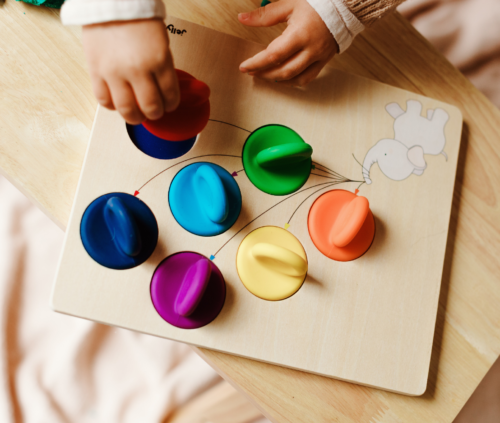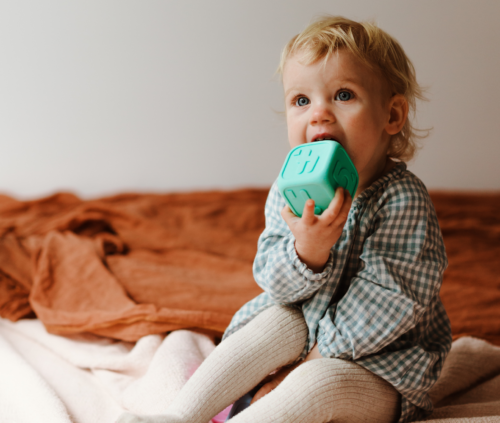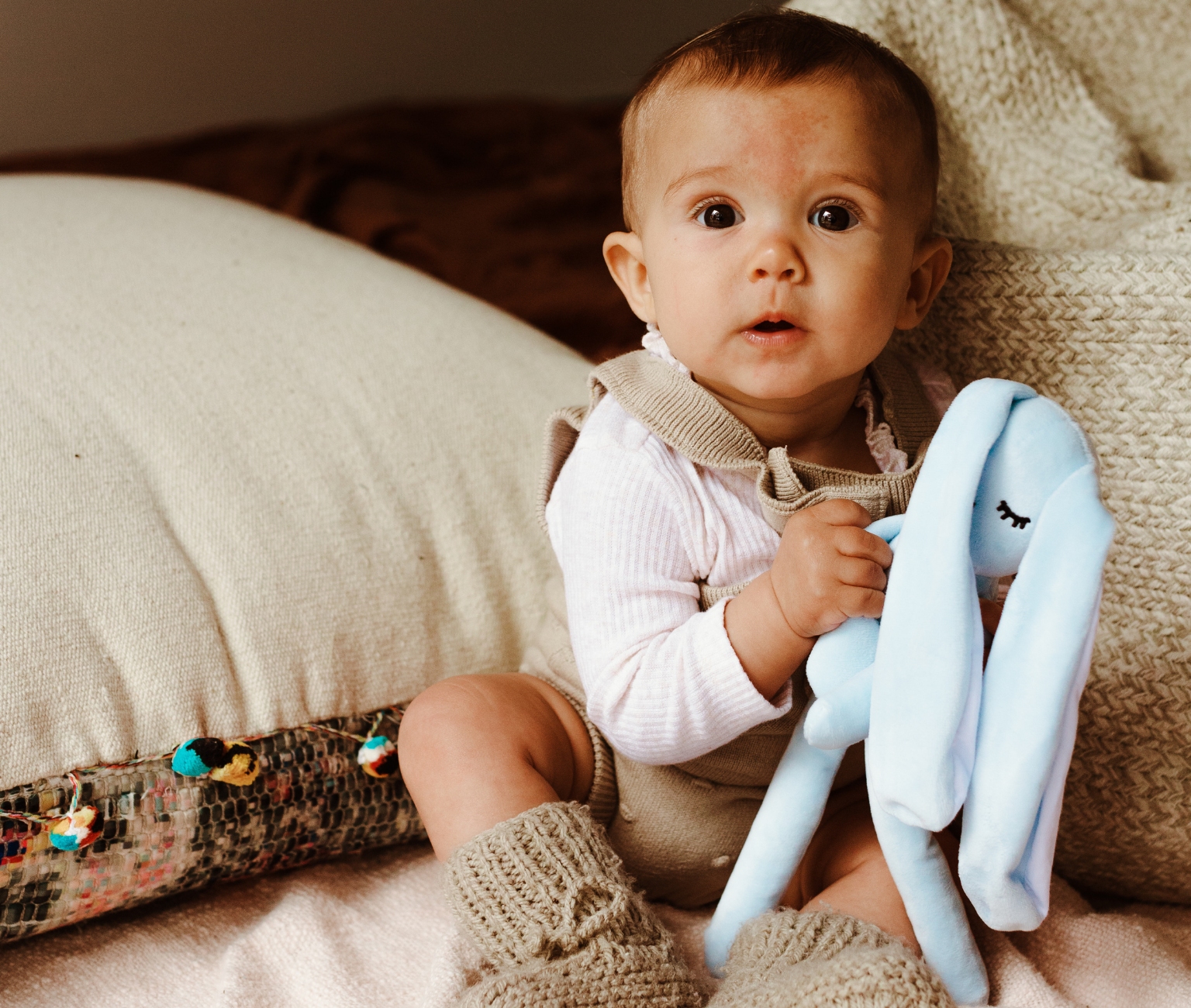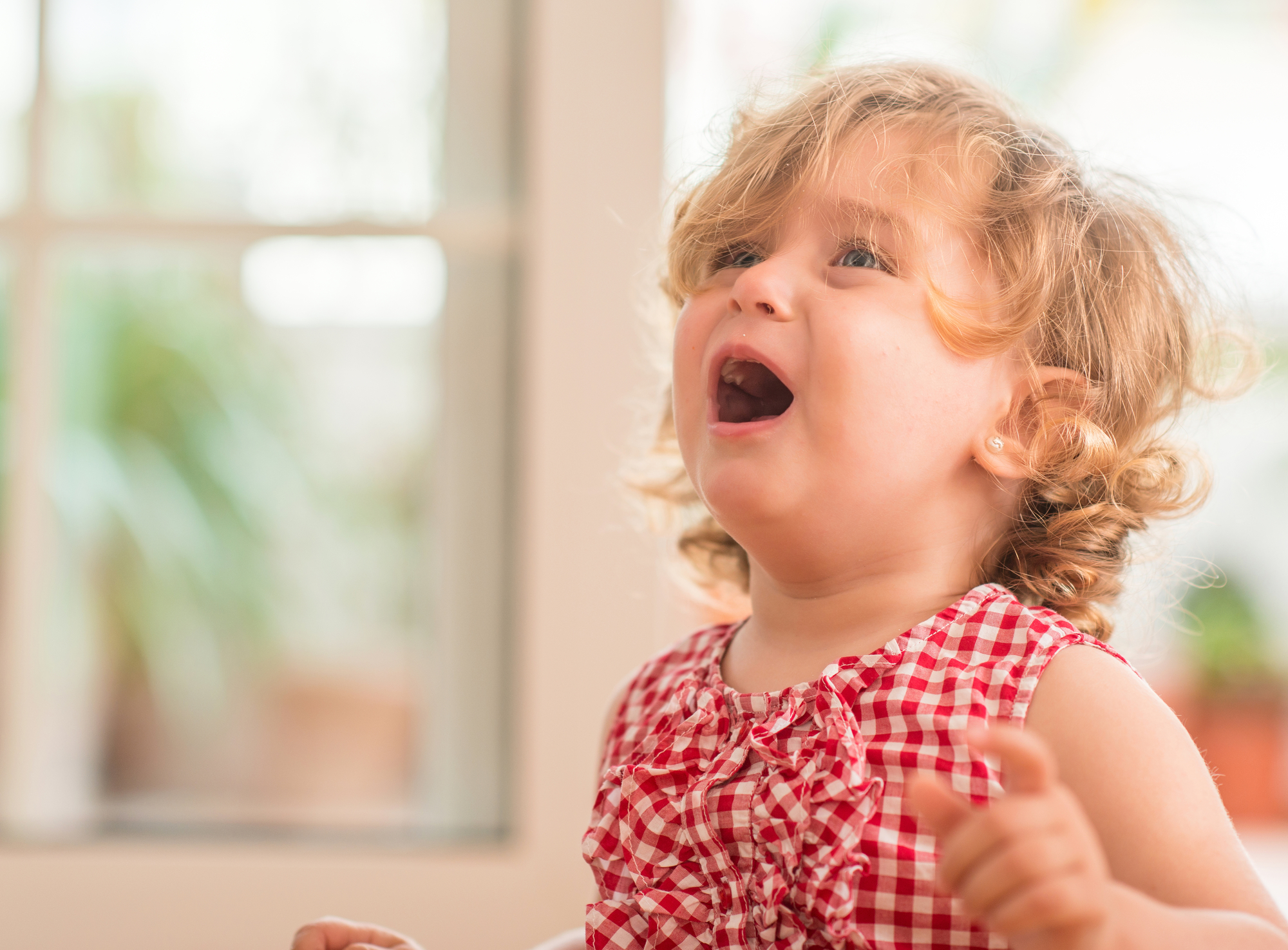Media kindly brought to you by Jellystone Designs
Picture this: your toddler is attending a friend’s birthday party, and as the afternoon winds up, you tell them to say their goodbyes, because “it’s time to go”. These four simple words are capable of triggering an avalanche of emotions from your child, if they don’t feel ready to leave. Cue the yelling, crying and outright refusal to accompany you to the car, digging in their heels (sometimes quite literally!) until they wear themselves out.
Emotional outbursts or ‘temper tantrums’ such as these are normal in early childhood as kids learn to process their feelings and self-regulate behaviours. They can be brought on by a variety of triggers, and while these episodes may leave parents feeling frustrated, helpless, guilty, or even like ‘the worst parent in the world’, there’s no need for despair. A number of techniques are available to parents to help mitigate the frequency of emotional outbursts and to accelerate their toddler or pre-schooler’s emotional maturity.
In this article, Kiddipedia explores the ways in which parents can manage big emotions from little people. And who better to lend a hand, than Jellystone Designs! The creators of sensory toys that bring harmony to the emotional experience of our little ones – including their highly popular ‘calm down bottle’ and new ‘Feelings Cube’- they’ll help us explore the value of activities and toys to support kids’ emotional development.

Understanding the triggers and limitations of young children’s emotional capacity
Any parent of a toddler knows they can spawn a tornado of emotions that can disappear almost as quickly as it arrived. After all, it’s not called the ‘terrible twos’ for nothing! While this is normally a passing phase, if efforts are not made to help children recognise and channel feelings such as sadness, anger, or frustration in healthy ways, they can manifest in behavioural problems in later childhood. To illustrate the long-term benefits, studies have shown that children with higher emotional intelligence are better able to pay attention, are more engaged in school, have more positive relationships, and are more empathic (source).
Although their episodes of kicking and screaming might *seem* deliberate and suspiciously timed with the most inconvenient of situations, emotional outbursts are just as confusing and unexpected for the child as the parent. It’s easy to forget that adults, and to a lesser extent, older children, already have a ‘lived experience’ with emotions and can recognise the warning signs and self-regulate. They also have the capacity for perspective and foresight, to predict the consequences of letting unchecked emotion dictate their behaviour, unlike young children who are learning as they go.
Here are some triggers for toddler meltdowns that can inform forward-planning, to lessen their likelihood:
- They’re hungry and it’s causing irritability
- They’re feeling fatigued after a long day
- They’re overstimulated and feeling overwhelmed
- They’re frustrated at not being able to accomplish something
- They don’t think you’re paying them enough attention
- Activities have changed too quickly for them to adapt
Dr Rebecca Schrag Hershberg, a clinical psychologist and author of “The Tantrum Survival Guide”, deploys a useful analogy, explaining that a parent’s role is to be the ‘thermostat’ as opposed to the thermometer. In other words, don’t fixate on how irrational or over-the-top their reaction might be – focus on being a calming influence to ‘reset the temperature’ and diffuse the situation. Remember, the goal is to guide and correct behaviours, not suppress the emotions themselves.

Developing their emotional vocabulary for self-awareness and self-expression
Whatever the specific trigger for emotional outbursts in young children, the root cause is the fact they lack the cognitive or physical motor skills to achieve what they want on their own, and the language skills to communicate what they want. Because children don’t have the words to explain to others or even themselves, it manifests in over-the-top behaviour in an attempt to get their point across and elicit a desired outcome. So, how can parents nurture self-awareness and healthy self-expression?
Assisting children to identify what they’re feeling, label it accordingly, and compare it to different feelings, is the critical first step. Visual representations of emotions as depicted in ‘flash cards’ and other interactive learning aids, can be extremely useful here. Best of all, they can be adapted to be age-appropriate, starting with toddlers where the focus is simply to learn and memorise the spectrum of basic emotions to make sense of their own feelings and be better understood. Fast-forward to pre-schoolers in kindergarten or poised to enter their first year of school, where more complex emotions such as guilt and embarrassment come into play. Such toys can help them make stronger associations, put themselves in someone else’s shoes, and explore solutions to deal with each emotion.
If you’re looking for a sure-fire way to make learning about feelings a fun and enjoyable exercise for toddlers, Jellystone Designs’ ‘Feelings Cube’ is an excellent option. Inspired by the ‘Feelings and Emotions’ Flash Cards from Two Little Ducklings, each side features engaging visual illustrations showing different feelings/emotions along with descriptive words, helping little ones express big feelings. As a bonus, it also doubles as a tactile sensory toy, with such toys proven to help children self-regulate when emotions are running high.
Other play-based strategies to shape how young children engage with their emotions and accommodate social expectations, include:
- Messy play as an emotional outlet (eg. sand, mud or paints)
- Dress ups to encourage perspective-sharing and empathy
- Sensory toys to remedy over- or under-stimulation and soothe anxiety
- Cooperative play to learn how to manage emotions without damaging relationships

Discussing emotions & feelings in an open way to encourage self-regulation
The way emotions are handled in the home is important for role-modelling and setting the tone for children’s own emotions and behaviours. As a parent, if you are open and verbally connect your feelings to actions, it can foster associations for your child that encourage them to empathise with how their own behaviour can impact friends, siblings or other family members. For example, after a misunderstanding over a toy, a command to ‘give the toy back to your sister’ is likely to be more effective if you can provide emotional context: “when you took your sister’s toy away from her without asking, it made her feel very sad and she would be very happy if you gave it back to her.”
Of course, these teachings don’t always need to be applied to your family. Consider talking about the emotions that characters in movies or books might be feeling to strengthen perspective sharing, and discuss examples of how characters can solve problems and resolve feelings in a productive way that respects others.
When you catch your child mid-outburst, try to resist the urge to be dismissive of their feelings or reprimand them, which may prolong or escalate proceedings. Instead, lead with empathy. We
understand that in the face of a public outburst such as the dreaded supermarket meltdown, this will test even the most saintly parent! In this case, helping your child find a safe space and providing a source of distraction is the key. Once the episode is over, well-meaning parents sometimes try to unpack what went wrong directly with their child, but Dr. Vasco Lopes, a clinical psychologist at Columbia University, cautions against dredging it up unnecessarily: “As long as it’s short and positive and constructive, and not about reliving and shaming the tantrum”.
At the end of the day, when the ‘big feelings’ have subsided, kids want to know and see that your love for them has not diminished. Remember that they’re not doing this on purpose and that your guidance, positive reinforcement and use of toys can help them get through this developmental phase as comfortably as possible. For a range of sensory toys to help kids self-regulate and reset their mood, check out the range at Jellystone Designs.









